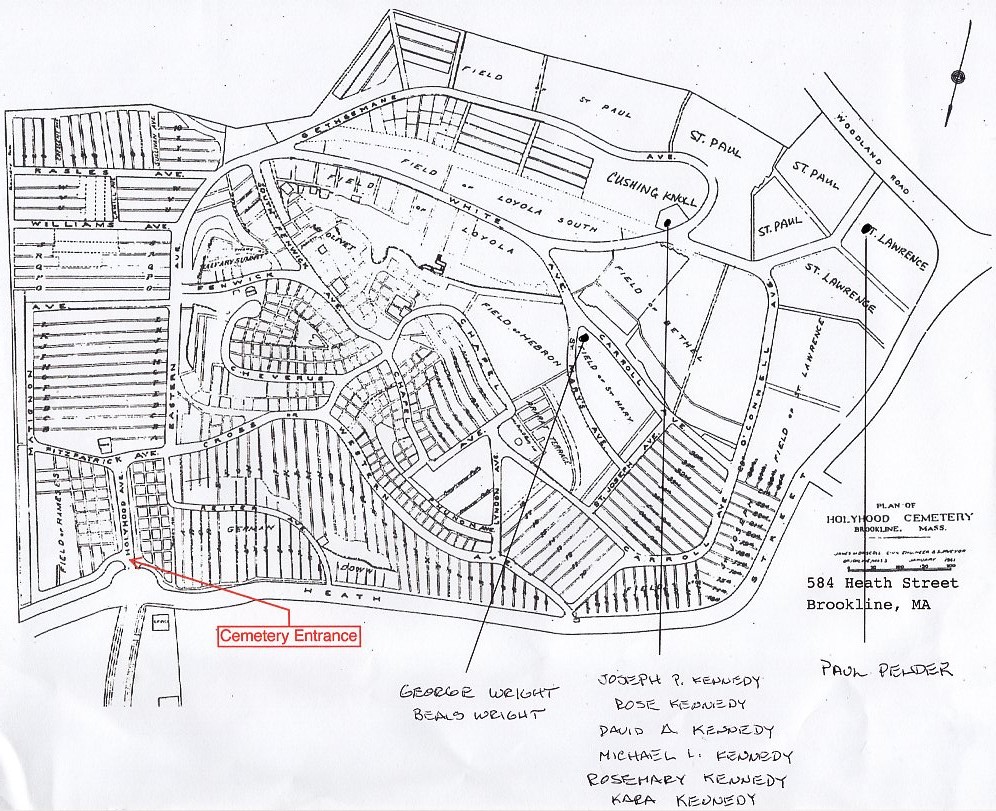Rosemary Kennedy
Oh It Gets Worse
James W. Watts, who carried out the procedure with Walter Freeman (both of George Washington University School of Medicine & Health Sciences), described the procedure as follows:
After Rosemary was mildly sedated, “We went through the top of the head,” Dr. Watts recalled. “I think she was awake. She had a mild tranquilizer. I made a surgical incision in the brain through the skull. It was near the front. It was on both sides. We just made a small incision, no more than an inch.” The instrument Dr. Watts used looked like a butter knife. He swung it up and down to cut brain tissue. “We put an instrument inside”, he said. As Dr. Watts cut, Dr. Freeman asked Rosemary some questions. For example, he asked her to recite the Lord’s Prayer or sing “God Bless America” or count backward … “We made an estimate on how far to cut based on how she responded.” When Rosemary began to become incoherent, they stopped.
Joe Kennedy never showed remorse for his decision that left Rosemary incapacitated. He never visited Rosemary and Rose Kennedy only visited Rosemary after 20 years. On her rare visits Rosemary refused to make eye-contact and turned away, angry with her mother.
Even though Rosemary’s parents and siblings led very public lives, no one explained Rosemary’s absence from the family until after John Kennedy’s election in 1960. It was Eunice Kennedy Shriver, Rosemary’s younger sister, who shared the family secret with the world in 1962, when she wrote about her sister in The Saturday Evening Post. Shriver’s decision to tell Rosemary’s story was brave, but what appeared in print was only partially true. Shriver did not mention the lobotomy or its horrible aftermath.
And in the end, doctors agree that Rosemary only exhibited a mild form of learning disability and would have thrived over time and would have maintained a good quality of life.
Cemetery Information:
Final Resting Place:
Holyhood Cemetery
584 Heath Street
Chestnut Hill, Massachusetts, 02467
USA
North America
Map:

Grave Location:
Cushing Knoll, Kennedy Family PlotGrave Location Description
As you enter the cemetery, turn right and stay on Cross Or Western Avenue until it ends. Turn left and then a right on Carroll Avenue. Carroll Avenue turns into O’Connell Avenue and eventually ends right in front of the large Kennedy Memorial, visible on the corner.
Grave Location GPS
42.319052, -71.168406Photos:
FAQ's
Read More About Rosemary Kennedy:
- Published Obituary
- Wikipedia Entry
- Rose Kennedy Once Said Daughter Rosemary's Lobotomy Was Her Family's 'Worst Tragedy'
- National Park Service Whitewashed Version of Rosemary Kennedy's Biography
- Tragic true story of Rosemary Kennedy, the political dynasty’s ‘lost’ sister
- The Untold Story of JFK's Sister, Rosemary Kennedy, and Her Disastrous Lobotomy
- Rosemary Kennedy: The Tragic Story of Why JFK's Sister Disappeared from Public View
- Rosemary, The Hidden Kennedy Daughter
- The Tragedy of Rosemary Kennedy








